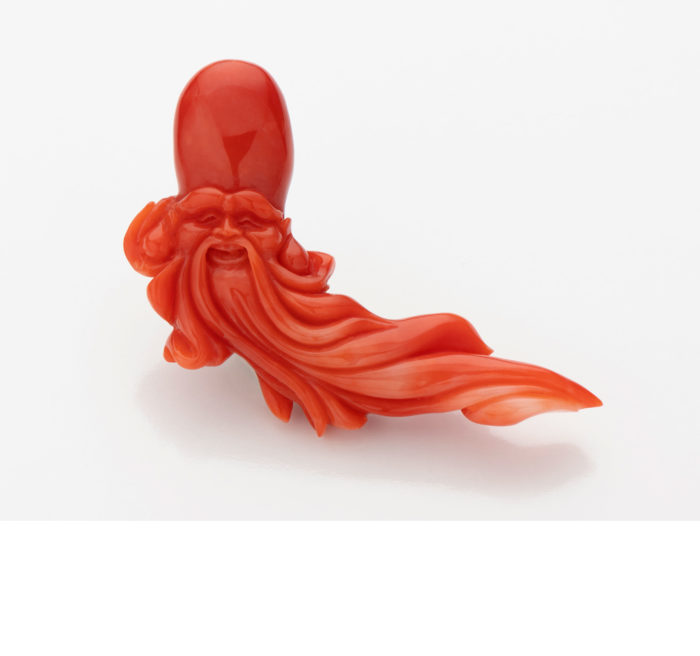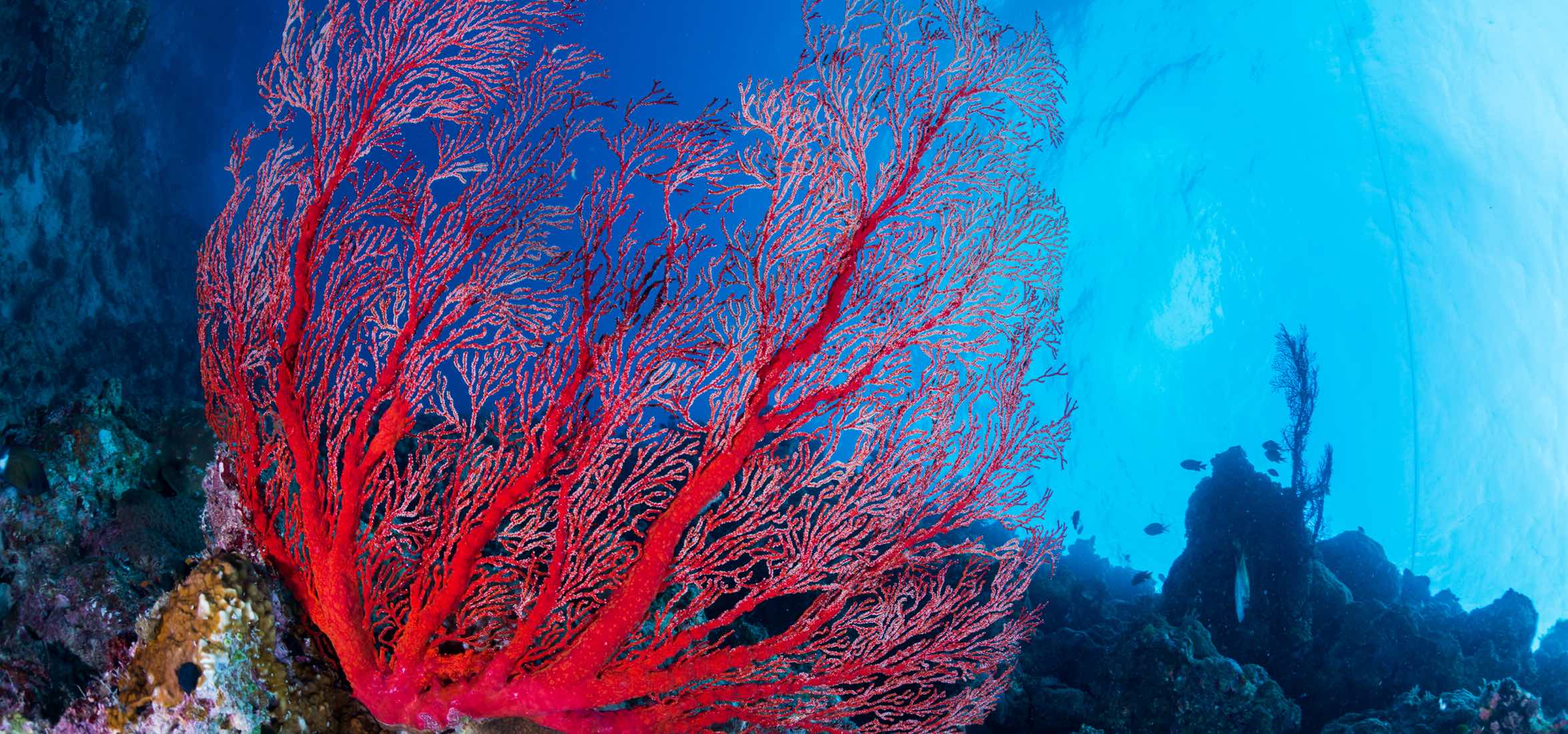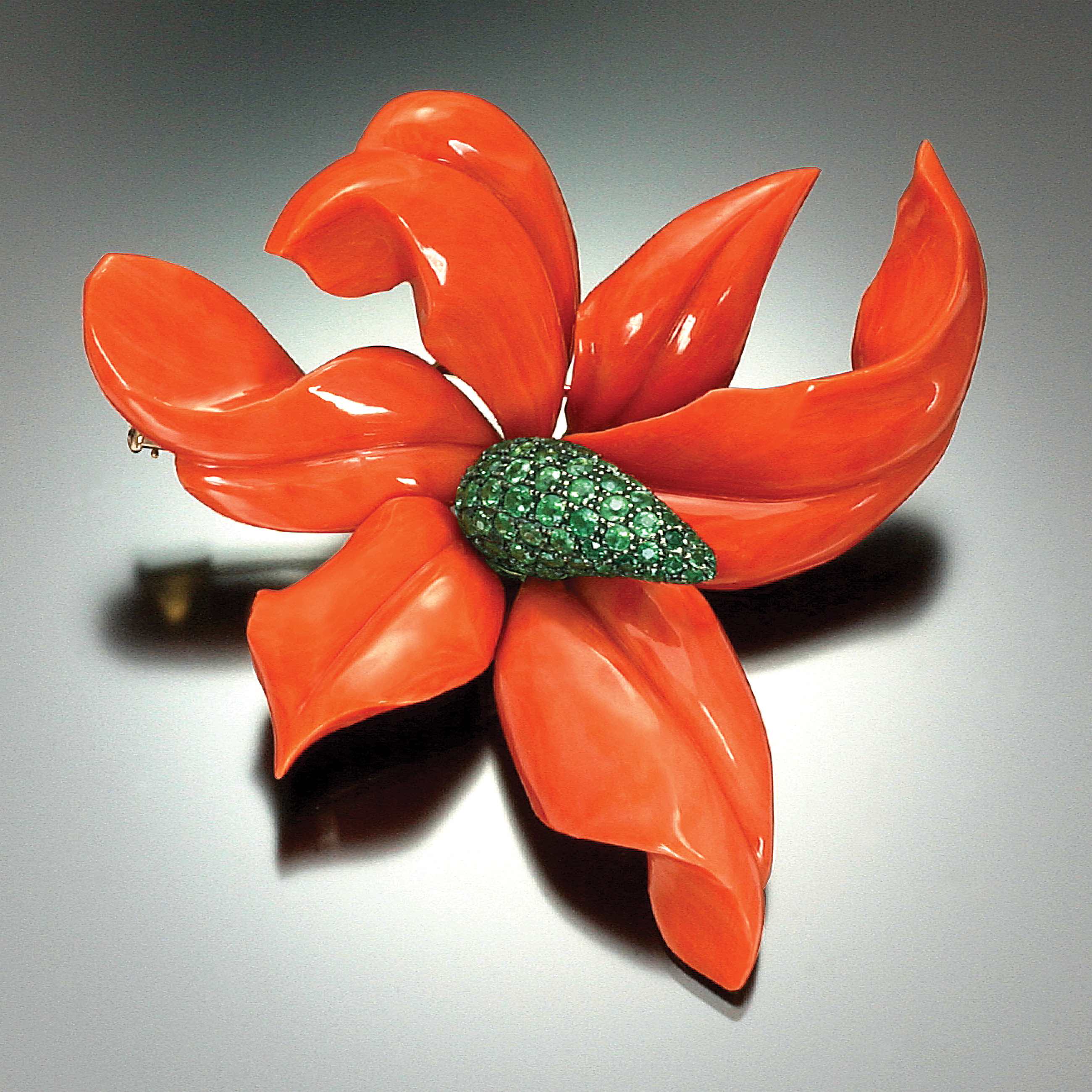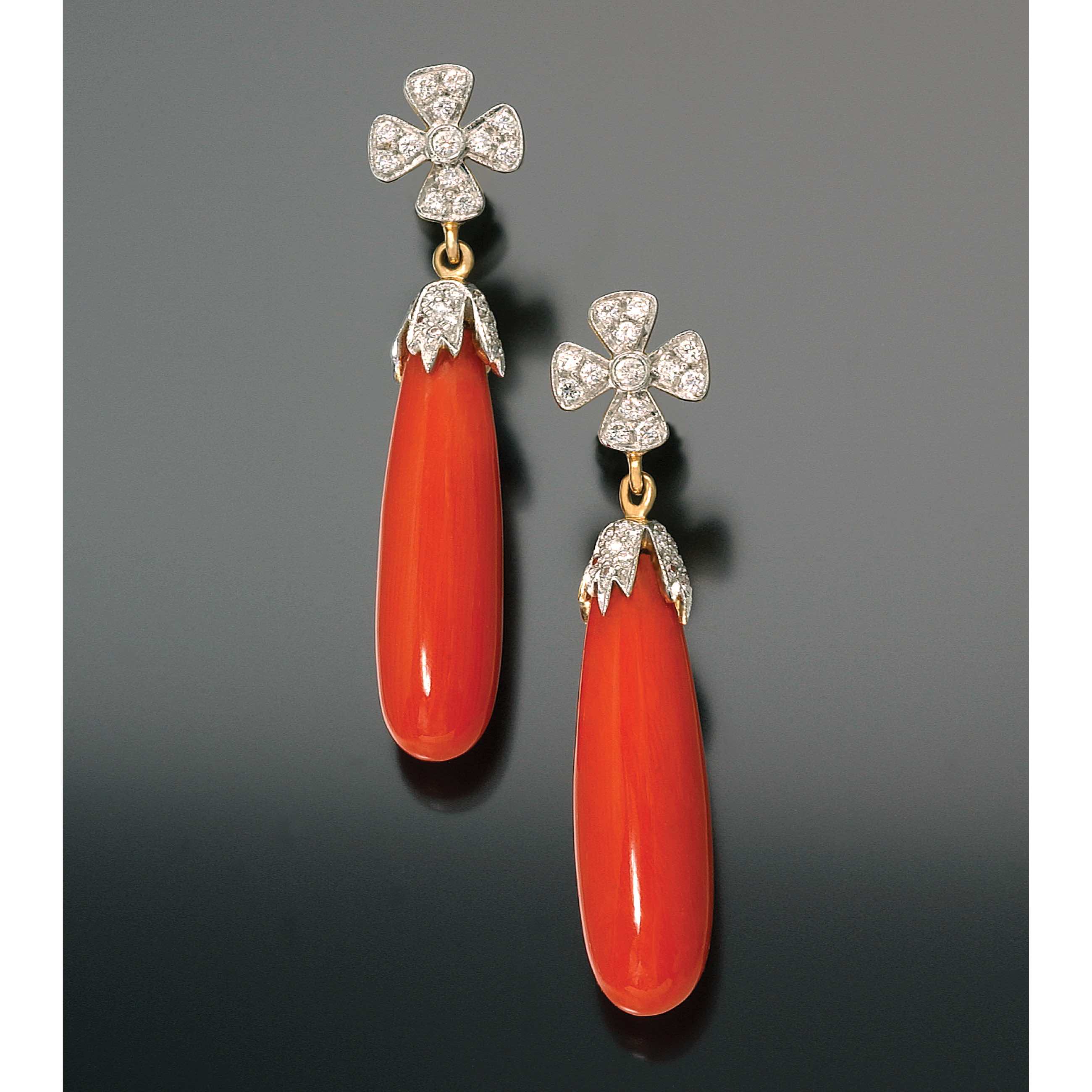
CORAL

ROMANCE, HISTORY & LORE
Used for adornment since prehistoric times, coral inlays and ornaments have been found in Celtic tombs dating from the Iron Age. An organic gemstone from the sea, coral was believed to bestow wisdom, protect from evil, heal wounds and calm the soul.
ORIGINS
While coral reefs are a worldwide phenomenon, only coral from warm ocean waters is used to make jewelry. Notable deposits are found in the Red Sea, Bay of Biscay, the Canary Islands, Japan, Hawaii, and various regions of the Mediterranean. Coral is a semi-translucent to opaque gemstone. It is composed of calcium carbonate with a trace of carotene, deposited by tiny sea creatures living in the depths of warm seas in massive colonies. It grows in branches that look like underwater trees. These fragile coral “trees” were once harvested by drag nets, but today, deep-sea divers conscientiously collect coral by hand. Precious coral pieces are then cleaned, sorted, and sized.


SELECTING A STONE
Genuine, untreated coral is the rarest of coral gemstones, and is generally the most valuable. White is the most common shade of coral, but a variety of other shades can be found, including pink, orange, red and black. The rarest hue is a deep red. Most coral is set into inlays, beads, carvings, or cabochon shapes.
The best quality coral has even coloring and no fissures, spots, bands or cavities.


ENHANCEMENTS
Coral is commonly enhanced to improve its color and durability. White coral is typically bleached, pink coral is treated with a colorless wax, and orange coral is stabilized with plastic. Black coral is frequently bleached to create gold coral. Occasionally, red coral is dyed to deepen its color. All coral enhancements are permanent, and will not be affected by cleaning or cutting.
CARE
Coral requires special care, regardless of whether it has been enhanced. A soft and porous gemstone, coral scratches and abrades easily. Chlorine, alcohol, ammonia, nail polish remover, and other household chemicals can damage the gemstone. Remove coral rings when washing hands or applying cosmetics. Avoid exposing coral pieces to extreme temperatures. To clean coral jewelry, wipe it gently with a soft, damp cloth. Store pieces in a cloth bag separate from other gemstones to prevent scratches.


